Success for "Big Bang" experiment
3 decades after it was conceived, the world's most powerful physics experiment sent the first beam around its 27km-long tunnel.
Wednesday, 10.09.2008.
11:07

3 decades after it was conceived, the world's most powerful physics experiment sent the first beam around its 27km-long tunnel. Engineers cheered as the proton particles completed their first circuit of the underground ring which houses the Large Hadron Collider (LHC). Success for "Big Bang" experiment The GBP 5bn machine on the Swiss-French border is designed to smash particles together with cataclysmic force. This will re-create conditions in the Universe moments after the Big Bang. But it has not been plain sailing; the project has been hit by cost overruns, equipment trouble and construction problems. The switch-on itself is two years late. The collider is operated by the European Organization for Nuclear Research - better known by its French acronym Cern. The vast circular tunnel - the "ring" - which runs under the French-Swiss border contains more than 1,000 cylindrical magnets arranged end-to-end. The magnets are there to steer the beam - made up of particles called protons - around this 27km-long ring. Eventually, two proton beams will be steered in opposite directions around the LHC at close to the speed of light, completing about 11,000 laps each second. At allotted points around the tunnel, the beams will cross paths, smashing together near four massive "detectors" that monitor the collisions for interesting events. Scientists are hoping that new sub-atomic particles will emerge, revealing fundamental insights into the nature of the cosmos. Major effort "We will be able to see deeper into matter than ever before," said Dr Tara Shears, a particle physicist at the University of Liverpool. "We will be looking at what the Universe was made of billionths of a second after the Big Bang. That is amazing, that really is fantastic." The LHC should answer one very simple question: What is mass? "We know the answer will be found at the LHC," said Jim Virdee, a particle physicist at Imperial College London. The currently favored model involves a particle called the Higgs boson - dubbed the "God Particle". According to the theory, particles acquire their mass through interactions with an all-pervading field carried by the Higgs. The latest astronomical observations suggest ordinary matter - such as the galaxies, gas, stars and planets - makes up just 4 percent of the Universe. The rest is dark matter (23 percent) and dark energy (73 percent). Physicists think the LHC could provide clues about the nature of this mysterious "stuff". But Professor Virdee told BBC News: "Nature can surprise us... we have to be ready to detect anything it throws at us." Full beam ahead Engineers injected the first low-intensity proton beams into the LHC in August. But they did not go all the way around the ring. On Wednesday, they sent a proton beam around the full circumference of the LHC tunnel. Technicians had to be on the lookout for potential problems: There are on the order of 2,000 magnetic circuits in the machine. This means there are 2,000 power supplies which generate the current which flows in the coils of the magnets," he told BBC News. If there was a fault with any of these, he said, it would have stopped the beam. They were also wary of obstacles in the beam pipe which could prevent the protons from completing their first circuit.
Success for "Big Bang" experiment
The GBP 5bn machine on the Swiss-French border is designed to smash particles together with cataclysmic force.This will re-create conditions in the Universe moments after the Big Bang.
But it has not been plain sailing; the project has been hit by cost overruns, equipment trouble and construction problems. The switch-on itself is two years late.
The collider is operated by the European Organization for Nuclear Research - better known by its French acronym Cern.
The vast circular tunnel - the "ring" - which runs under the French-Swiss border contains more than 1,000 cylindrical magnets arranged end-to-end.
The magnets are there to steer the beam - made up of particles called protons - around this 27km-long ring.
Eventually, two proton beams will be steered in opposite directions around the LHC at close to the speed of light, completing about 11,000 laps each second.
At allotted points around the tunnel, the beams will cross paths, smashing together near four massive "detectors" that monitor the collisions for interesting events.
Scientists are hoping that new sub-atomic particles will emerge, revealing fundamental insights into the nature of the cosmos.
Major effort
"We will be able to see deeper into matter than ever before," said Dr Tara Shears, a particle physicist at the University of Liverpool."We will be looking at what the Universe was made of billionths of a second after the Big Bang. That is amazing, that really is fantastic."
The LHC should answer one very simple question: What is mass?
"We know the answer will be found at the LHC," said Jim Virdee, a particle physicist at Imperial College London.
The currently favored model involves a particle called the Higgs boson - dubbed the "God Particle". According to the theory, particles acquire their mass through interactions with an all-pervading field carried by the Higgs.
The latest astronomical observations suggest ordinary matter - such as the galaxies, gas, stars and planets - makes up just 4 percent of the Universe.
The rest is dark matter (23 percent) and dark energy (73 percent). Physicists think the LHC could provide clues about the nature of this mysterious "stuff".
But Professor Virdee told BBC News: "Nature can surprise us... we have to be ready to detect anything it throws at us."
Full beam ahead
Engineers injected the first low-intensity proton beams into the LHC in August. But they did not go all the way around the ring.On Wednesday, they sent a proton beam around the full circumference of the LHC tunnel.
Technicians had to be on the lookout for potential problems: There are on the order of 2,000 magnetic circuits in the machine. This means there are 2,000 power supplies which generate the current which flows in the coils of the magnets," he told BBC News.
If there was a fault with any of these, he said, it would have stopped the beam. They were also wary of obstacles in the beam pipe which could prevent the protons from completing their first circuit.
















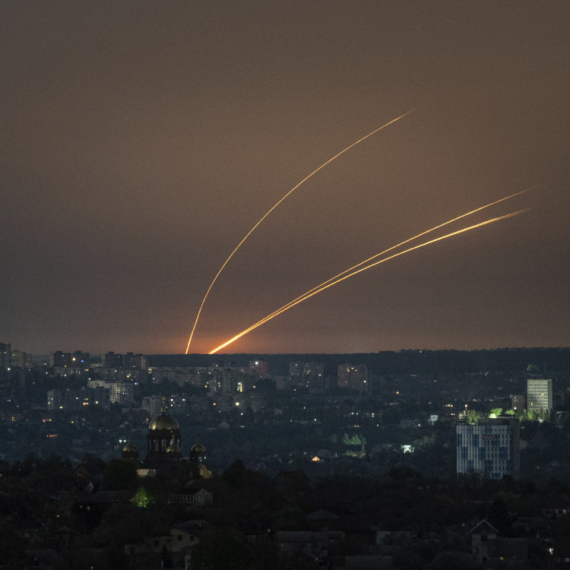















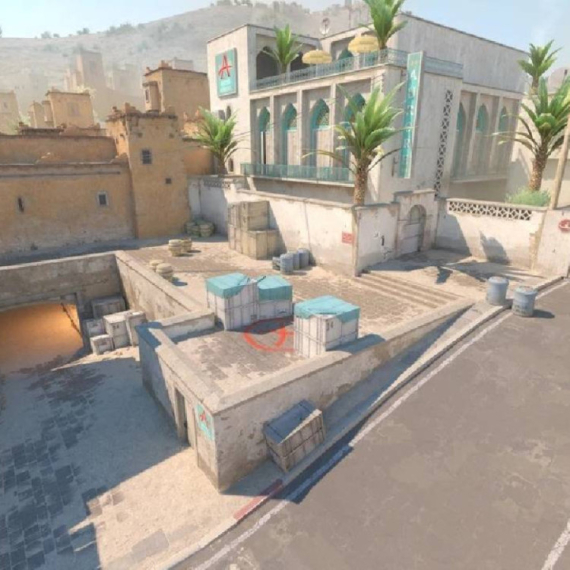









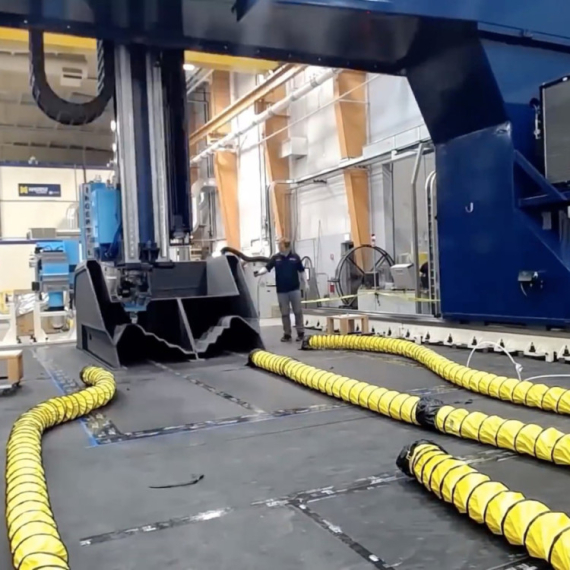



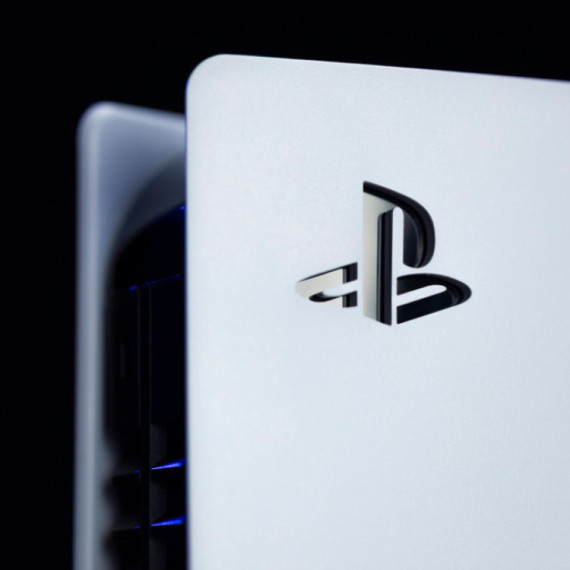









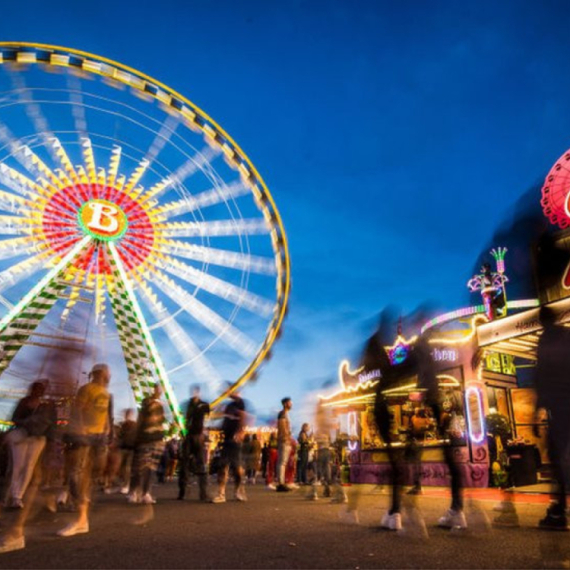

Komentari 1
Pogledaj komentare